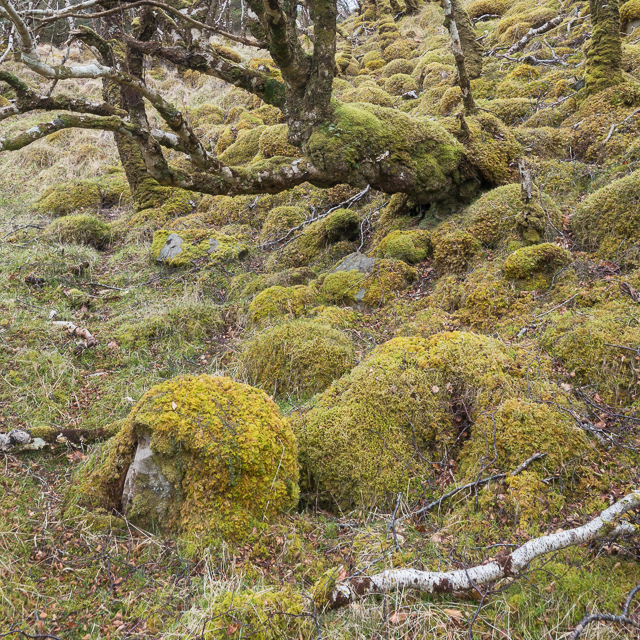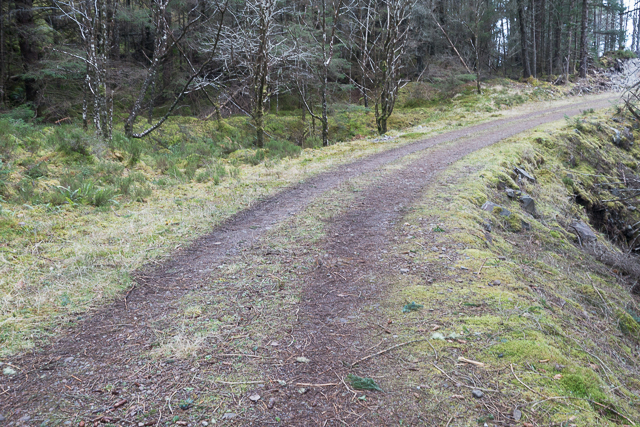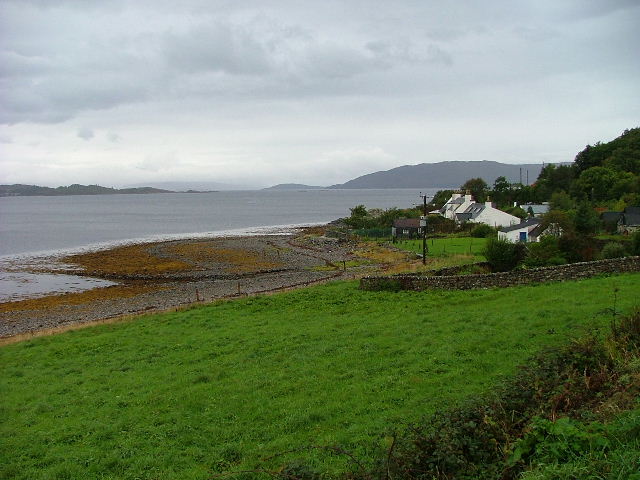An Garbh-Eilean
Island in Ross-shire
Scotland
An Garbh-Eilean

An Garbh-Eilean, also known as the Rough Island, is a small island located in Ross-shire, Scotland. It is situated in the Inner Sound, between the Isle of Skye and the mainland. The island covers an area of approximately 1.5 square kilometers and is primarily composed of rugged terrain, hence the name.
The landscape of An Garbh-Eilean is characterized by rocky cliffs, heather-covered hills, and small pebble beaches. It is a haven for wildlife, with various species of seabirds, including puffins, gannets, and guillemots, nesting on its cliffs. Seals and dolphins can often be spotted in the surrounding waters.
Access to An Garbh-Eilean is limited due to its remote location, and there are no permanent residents on the island. However, it is a popular destination for hikers and nature enthusiasts who visit to enjoy its unspoiled beauty and tranquility. The island offers stunning panoramic views of the surrounding sea and neighboring islands, making it a photographer's paradise.
Historically, An Garbh-Eilean was used for grazing sheep and cattle, and evidence of ancient settlements can still be found, including the remains of stone walls and structures. It is also believed to have been a site of early Christian worship, with a small chapel dedicated to St. Cormac located on the island.
Overall, An Garbh-Eilean is a rugged and picturesque island, offering visitors a glimpse into the remote and wild beauty of the Scottish Highlands.
If you have any feedback on the listing, please let us know in the comments section below.
An Garbh-Eilean Images
Images are sourced within 2km of 57.370477/-5.6465543 or Grid Reference NG8036. Thanks to Geograph Open Source API. All images are credited.

An Garbh-Eilean is located at Grid Ref: NG8036 (Lat: 57.370477, Lng: -5.6465543)
Unitary Authority: Highland
Police Authority: Highlands and Islands
What 3 Words
///executive.keener.sentences. Near Lochcarron, Highland
Nearby Locations
Related Wikis
Loch Kishorn
Loch Kishorn (Scottish Gaelic: Ciseòrn) is a sea loch in the north-west Highlands of Scotland. Kishorn is a collective name used to refer to a group of...
Ardaneaskan
Ardaneaskan (Scottish Gaelic: Àird nan Easgann) is a village on the north shore of Loch Carron in Strathcarron, Ross-shire, in Highland, and is within...
Achintraid
Achintraid (Scottish Gaelic: Achadh na Tràghad) is a small one-time crofting township, situated at the north-eastern end of the sea loch Loch Kishorn,...
Plockton
Plockton (Scottish Gaelic: Am Ploc/Ploc Loch Aillse) is a village in the Lochalsh, Wester Ross area of the Scottish Highlands with a 2020 population of...
Nearby Amenities
Located within 500m of 57.370477,-5.6465543Have you been to An Garbh-Eilean?
Leave your review of An Garbh-Eilean below (or comments, questions and feedback).



















